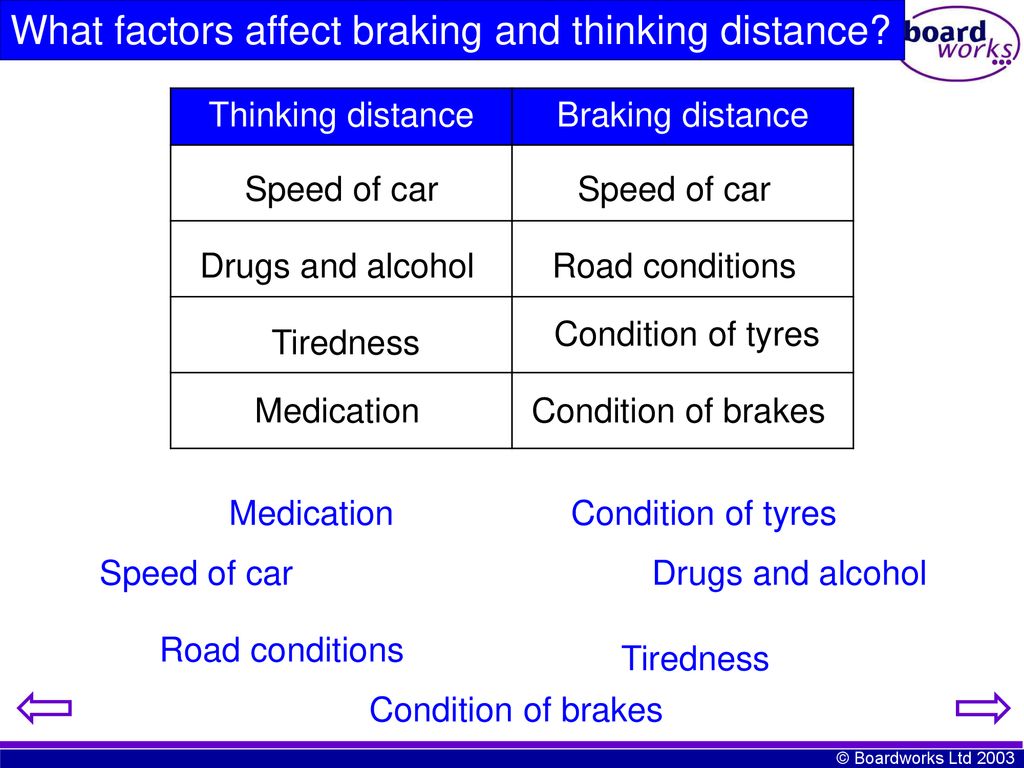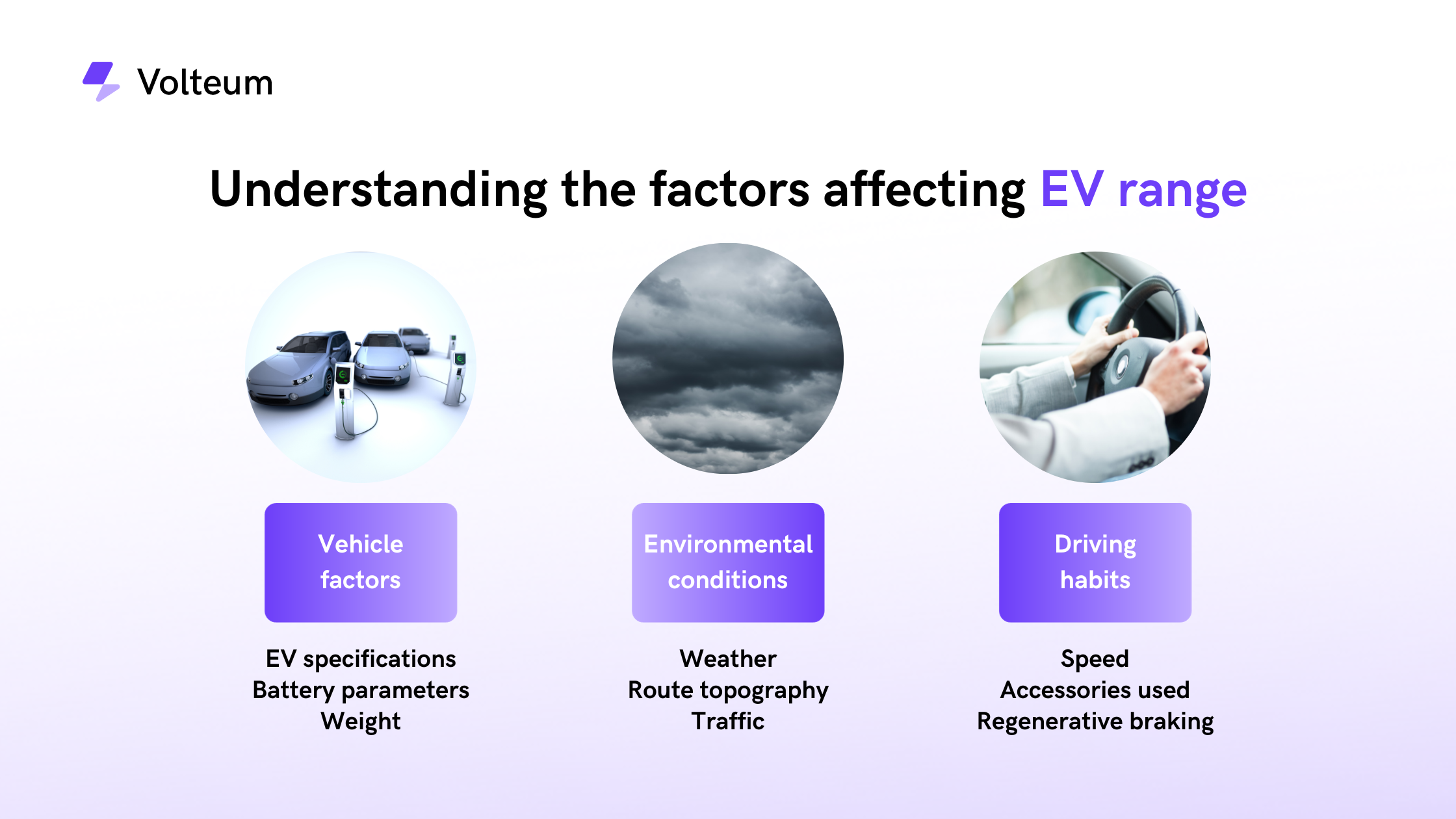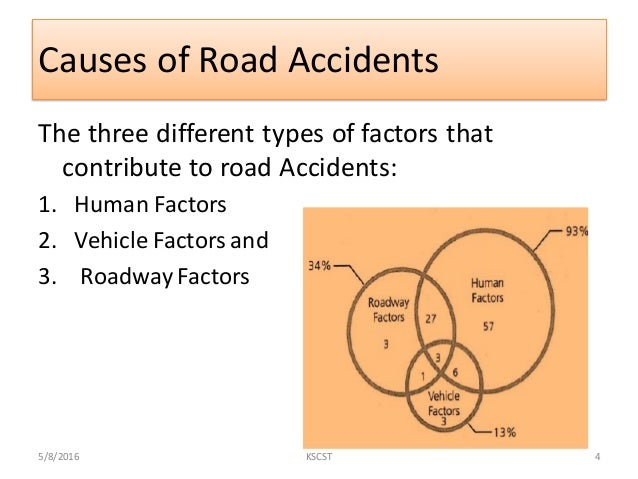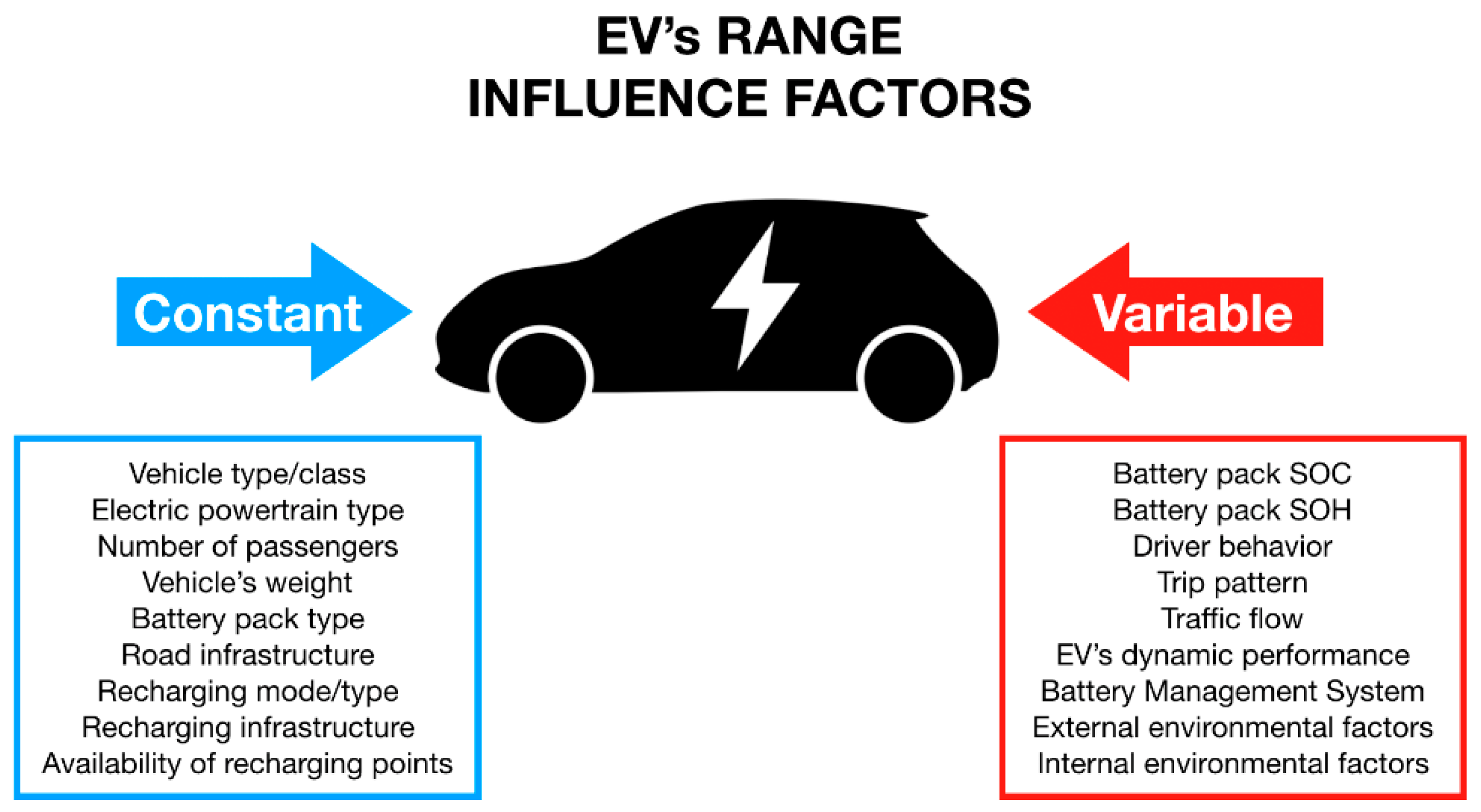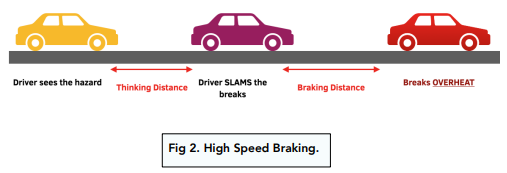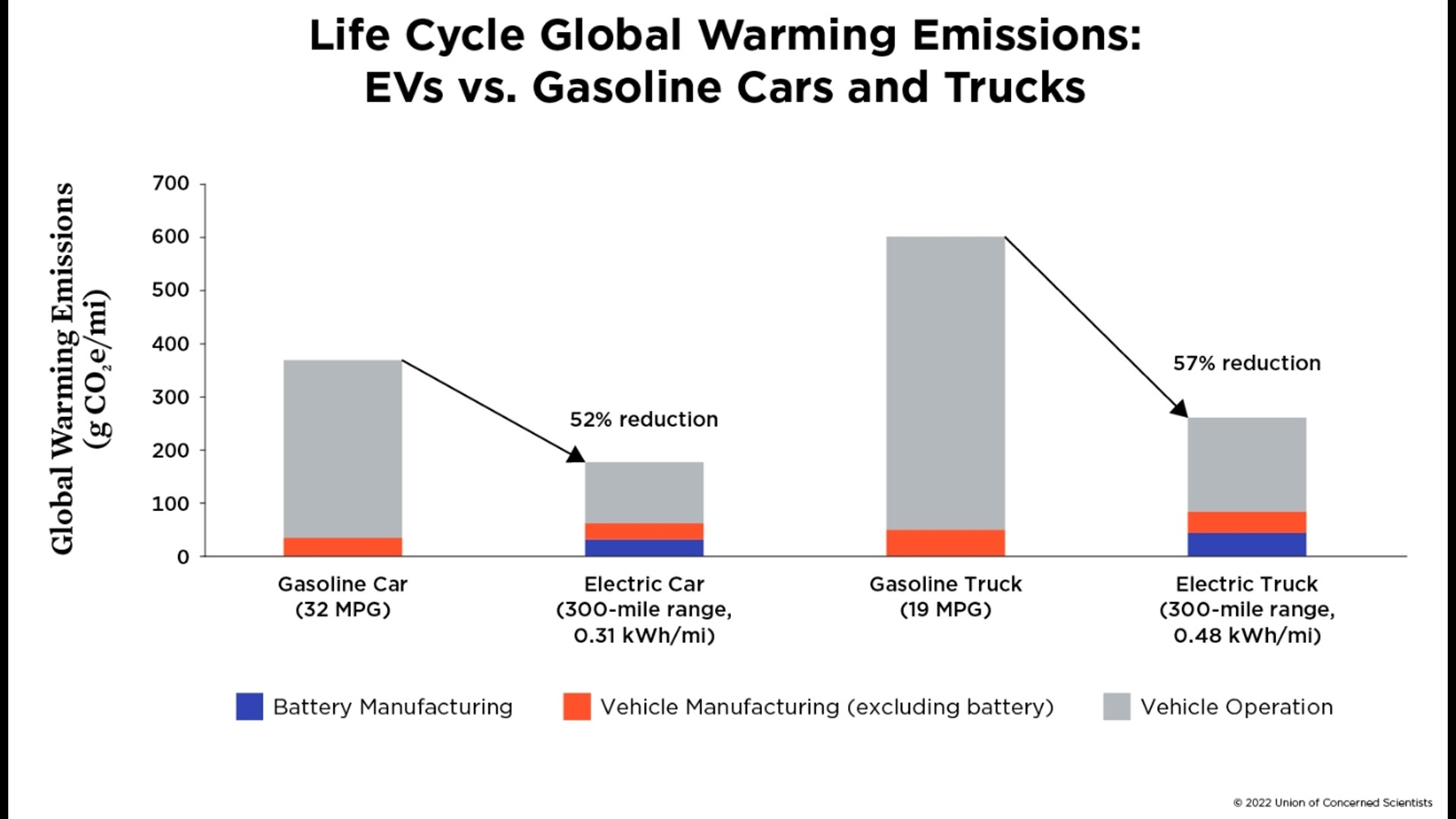Two Factors Impacting Your Vehicle's Traction Are

The rain starts as a gentle whisper against the windshield, a soothing rhythm that quickly escalates into a drumming downpour. Headlights blur in the growing darkness, reflecting off the slick asphalt. A quick tap on the brakes sends a shiver of uncertainty through the car as the tires momentarily lose their grip, a subtle reminder of the delicate dance between vehicle and road.
Understanding the factors that influence your vehicle's traction is crucial for safe driving, especially in adverse conditions. While many elements contribute, two stand out as particularly significant: tire condition and road surface.
The Vital Role of Tire Condition
Your tires are the primary point of contact between your vehicle and the road. They are responsible for transmitting all the forces required for acceleration, braking, and steering.
Tire condition encompasses several aspects, including tread depth, tire pressure, and overall tire health. Each of these plays a crucial role in maintaining optimal traction.
Tread Depth: Gripping the Road
Tread depth refers to the amount of usable rubber remaining on the tire. The grooves and patterns in the tread are designed to channel water, snow, and debris away from the contact patch.
Worn tires with shallow tread depths have a significantly reduced ability to evacuate water, leading to hydroplaning – a dangerous situation where the tire loses contact with the road surface and rides on a thin film of water.
Most tires have tread wear indicators molded into the grooves. These indicators are small raised bars that become flush with the tire surface when the tread depth reaches 2/32 of an inch (1.6 millimeters). At this point, the tire is considered legally worn out in many jurisdictions and should be replaced.
However, experts often recommend replacing tires even before they reach this minimum depth, particularly if you frequently drive in wet or snowy conditions. A deeper tread provides a greater margin of safety.
Tire Pressure: The Right Inflation
Maintaining proper tire pressure is essential for optimal traction and tire wear. Underinflated tires have a larger contact patch with the road, which can increase rolling resistance and lead to overheating.
Overinflated tires, on the other hand, have a smaller contact patch, reducing the amount of grip available. This can compromise braking and handling performance.
The recommended tire pressure for your vehicle can be found on a sticker typically located on the driver's side doorjamb or in your owner's manual. Always check your tire pressure when the tires are cold, as pressure increases as tires heat up during driving.
Regularly checking and adjusting your tire pressure ensures that your tires are operating within their intended performance range, maximizing grip and minimizing the risk of accidents.
Overall Tire Health: Beyond Tread and Pressure
Beyond tread depth and pressure, the overall condition of your tires plays a significant role in traction. Look for signs of damage, such as cuts, bulges, or sidewall cracking.
These types of damage can weaken the tire's structure and increase the risk of a blowout, especially at high speeds. Additionally, ensure that your tires are properly balanced and aligned to prevent uneven wear and maintain optimal handling.
Regular inspections and maintenance can help identify potential problems early on, allowing you to address them before they compromise your safety.
The Unpredictable Nature of Road Surface
The road surface itself is the second major factor influencing your vehicle's traction. Different surfaces offer varying degrees of grip, depending on their composition, texture, and condition.
From smooth, dry asphalt to rain-soaked concrete, the road beneath your tires can drastically alter the amount of traction available.
Dry Pavement: The Ideal Scenario
Dry pavement generally offers the best traction, providing a solid and consistent surface for your tires to grip. However, even on dry roads, the composition and texture of the pavement can vary, affecting the level of grip.
For instance, a freshly paved asphalt road will typically offer better traction than an older, worn concrete road.
The presence of debris, such as sand, gravel, or oil spills, can also reduce traction on dry pavement. Maintaining a safe following distance and being aware of your surroundings can help you react to these hazards.
Wet Pavement: A Significant Reduction in Grip
Wet pavement significantly reduces traction compared to dry pavement. Water acts as a lubricant between the tire and the road surface, reducing the amount of friction available.
As mentioned earlier, hydroplaning can occur when a tire encounters more water than it can effectively channel away. This can lead to a complete loss of steering and braking control.
Driving at reduced speeds, using tires with good tread depth, and avoiding sudden maneuvers can help minimize the risk of hydroplaning.
Snow and Ice: The Ultimate Traction Challenge
Snow and ice present the most challenging road surface conditions in terms of traction. The thin layer of water that forms between the tire and the ice or snow surface provides very little grip.
Specialized winter tires, often referred to as snow tires, are designed with a softer rubber compound and a more aggressive tread pattern to provide better traction in these conditions. These tires have numerous small grooves, called sipes, that help to grip the ice and snow.
Even with winter tires, it is essential to drive slowly and cautiously on snow and ice. Avoid sudden acceleration, braking, and steering inputs. Increase your following distance to allow for longer stopping distances.
Other Surface Conditions: Gravel, Mud, and More
Other road surface conditions, such as gravel, mud, and sand, can also significantly reduce traction. These surfaces are loose and unstable, making it difficult for tires to maintain a firm grip.
When driving on these surfaces, it is important to reduce your speed and avoid sudden maneuvers. Maintain a steady throttle and steer gently to avoid losing control.
In conclusion, understanding the impact of tire condition and road surface on vehicle traction is paramount for safe driving. By maintaining your tires in good condition and adjusting your driving behavior to suit the prevailing road conditions, you can significantly reduce your risk of accidents.
Ultimately, safe driving is a shared responsibility. Staying informed and proactive about vehicle maintenance and road awareness can help create a safer environment for everyone on the road.
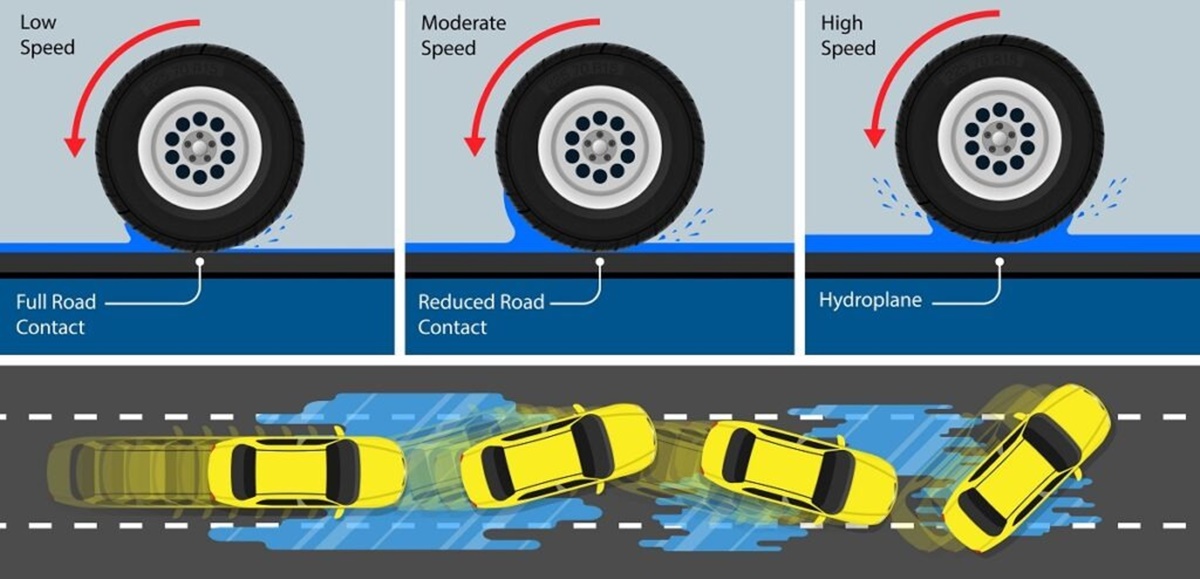
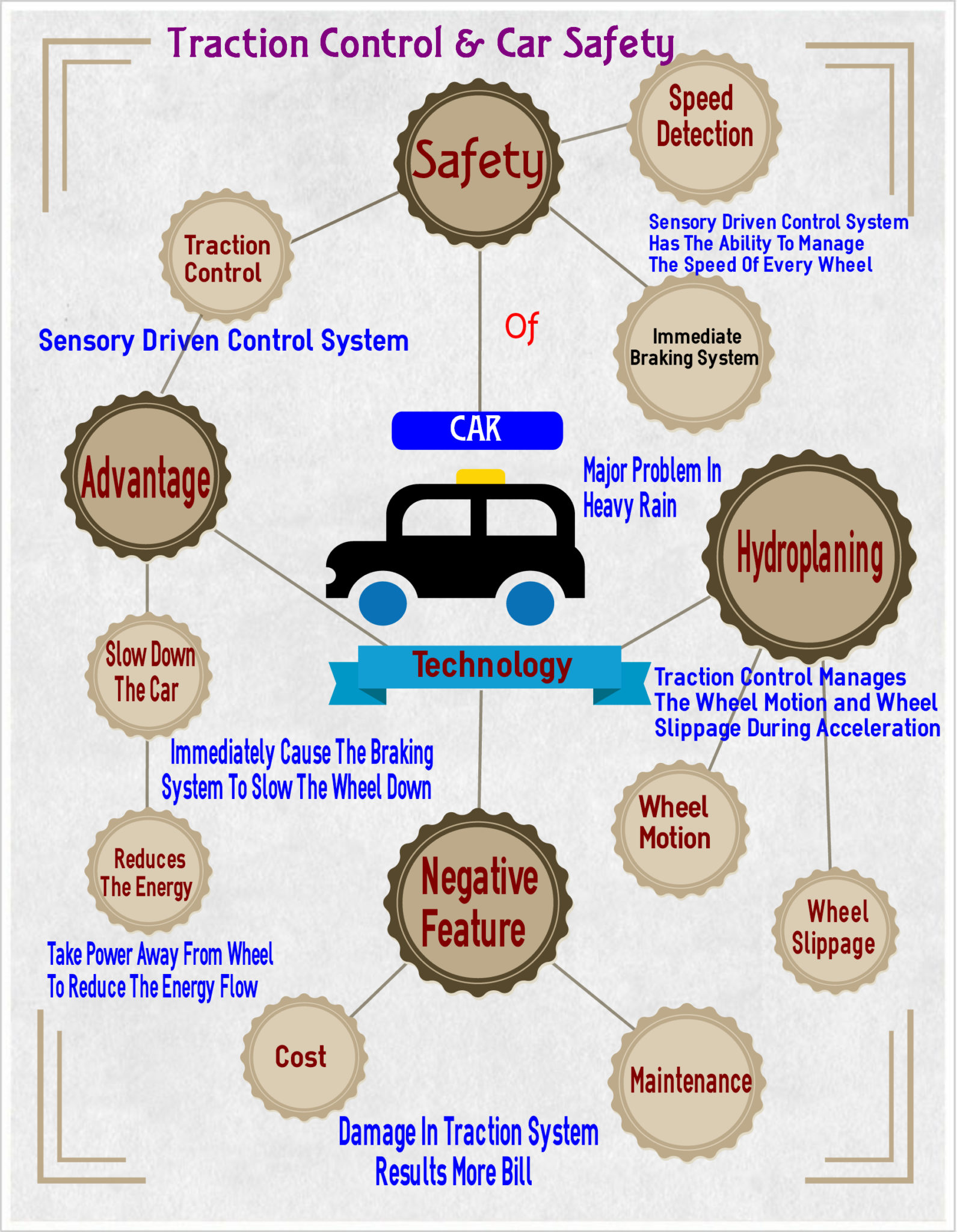
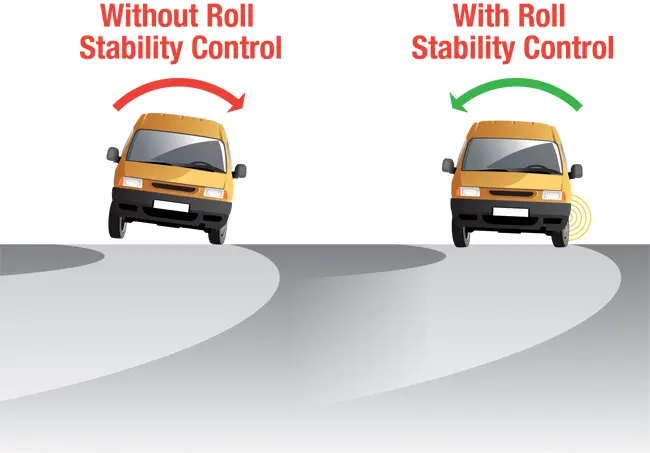
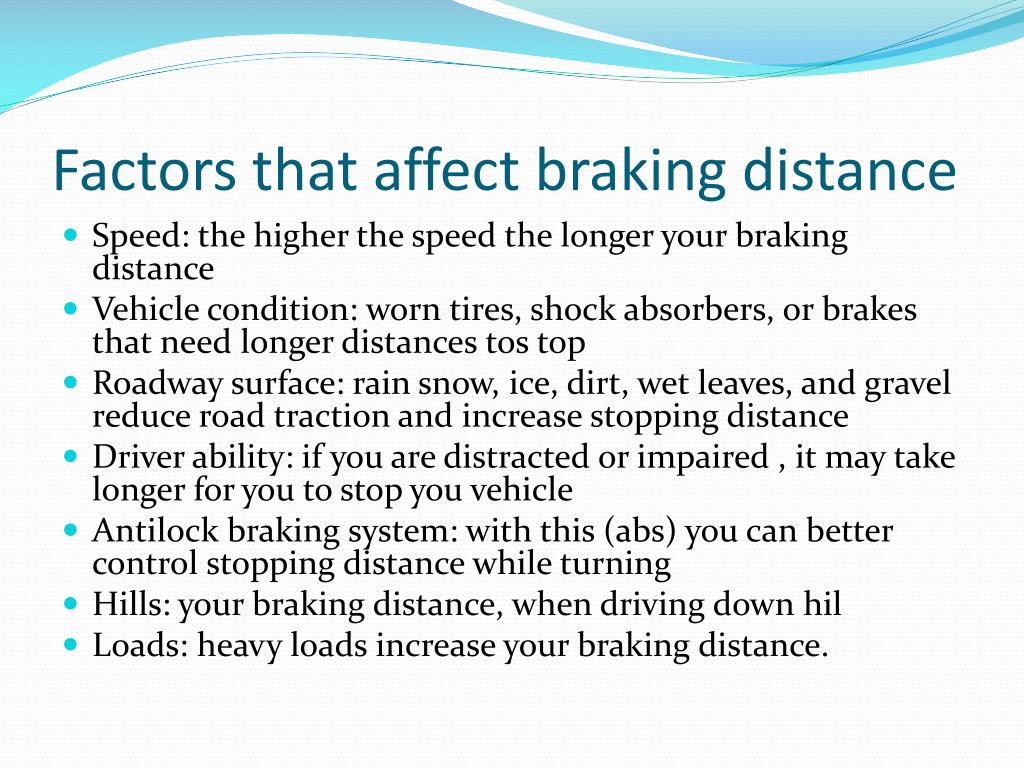
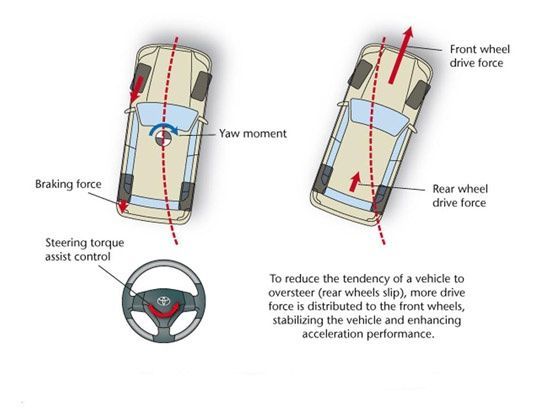
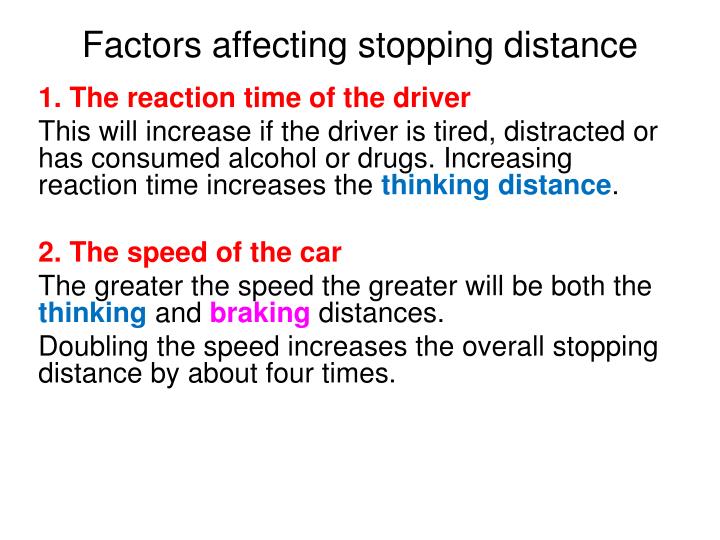




:max_bytes(150000):strip_icc()/Just-what-factors-value-your-used-car_round2-debecdd740064e55b77979a734920925.png)
